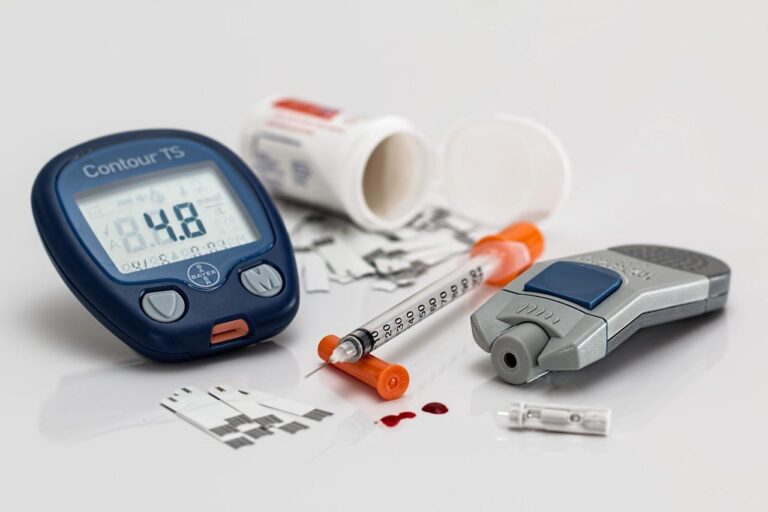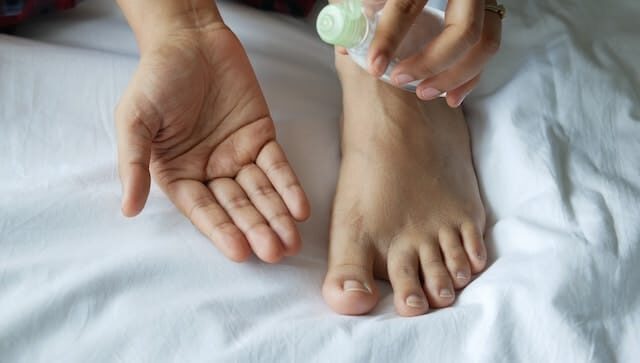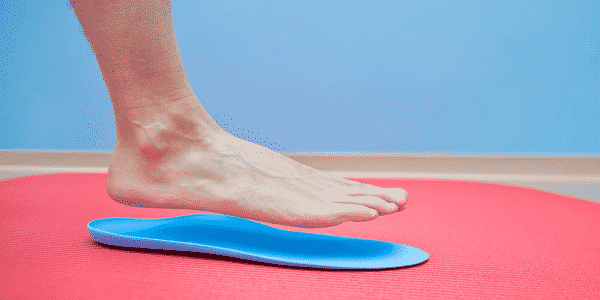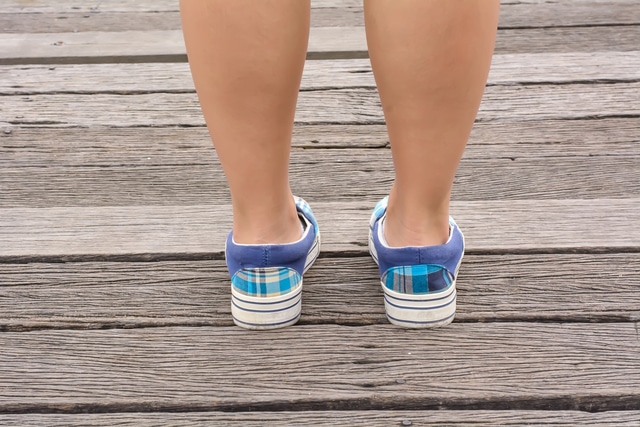4 Non-Surgical Ways to Treat Diabetic Foot Ulcers
Ulcers are a serious complication stemming from diabetes but there are non-surgical ways to treat diabetic foot ulcers. 15% of diabetics will develop a diabetic foot ulcer at some point in their lives. In fact, many patients with infected diabetic foot ulcers need to have at least a partial amputation. And that’s just one side effect. Patients with diabetic foot ulcers are also at higher risk for strokes and heart attacks.
Seniors in long-term care often suffer from these types of chronic wounds, and they’re at serious risk of infection. Most critically, ulcers can cause significant distress in a patient, at a time when social distancing and COVID-19 have already complicated care.
The good news: There are several non-surgical methods that can help diabetic foot ulcers heal. With proper treatment and advice from your podiatrist, patients have an excellent chance of avoiding the worst outcomes of diabetic foot ulcers.
Non-Surgical Ways to Treat Diabetic Foot Ulcers
- Shockwave Therapy
Shockwave therapy has shown promising results for diabetic foot ulcers. In shockwave therapy, your treatment provider applies low-frequency shock waves to the injured area. One study showed more than half of patients with diabetic foot ulcers experienced complete wound closure after shock wave therapy — the shock waves helped increase blood flow to the injured area. Blood flow in turn increases cell proliferation, which is an essential component of healing.
-
Footwear and Orthotics
Offloading is an important step to allow more blood flow to the foot, giving ulcers an improved shot at healing. Improper footwear can sometimes hasten the formation of diabetic foot ulcers, so it’s essential that diabetic patients wear the most comfortable shoes possible. Studies have also shown that stiff soles may help with pressure offloading. Research has also demonstrated the effectiveness of custom footwear to offload pressure from the foot, particularly on the heel.
- Proper Wound Dressings
After an ulcer has progressed to a certain point, doctors need to make sure that they have the right dressings. Wound dressings with antibacterial properties are some of the best options for patients with diabetic foot ulcers. Therefore, wound healing experts typically combine these dressings with debridement, which helps remove unhealthy tissue from the ulcer. In order to help with debridement, a wound care clinician might also use a vacuum, which applies gentle pressure and gets rid of any fluid that’s impairing the healing process.
- Reprogramming Foot Cells – Promising Research
Scientists have demonstrated that they can “reboot” the cells in diabetic foot ulcers back to their embryonic phase, allowing them to harness the healing capabilities of healthy tissue. Researchers have discovered that previous 3D models of wounds aren’t useful for studying diabetic foot ulcers. This is because the wounds of diabetic patients get stuck in the scaffolding phase, which is when new cells allow for wound closure.
Conclusion
There’s a variety of treatments available for patients with diabetic foot ulcers, and studies suggest that these methods work best in combination. The best way to make these treatments work for you is to review your symptoms with your podiatrist.







